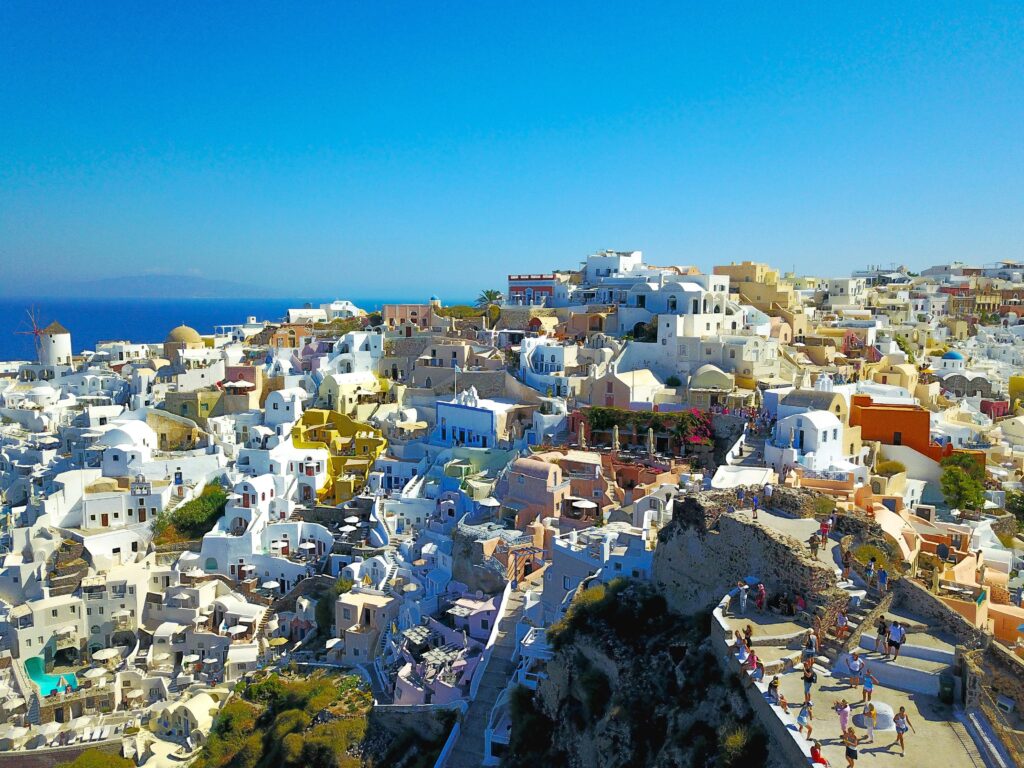Greek authorities mobilize rescue teams and issue safety warnings as seismic activity intensifies near Santorini, with over 200 tremors in 48 hours. Officials urge caution amid fears of stronger quakes or tsunamis, while emergency shelters and travel advisories are put in place.
Authorities Take Precautions as Seismic Activity Intensifies
Greek authorities have mobilized rescue teams, drones, and emergency supplies to Santorini following hundreds of seismic tremors in the region. In response to fears of a stronger earthquake or a tsunami, officials have urged residents and tourists to stay away from shorelines, avoid unstable buildings, and empty swimming pools. The civil protection ministry announced that schools would remain closed on Monday as a safety measure.
Kostas Papazachos, a geophysics professor at Aristotle University in Thessaloniki, emphasized the uncertainty of the situation. Speaking to ERT, the state broadcaster, he warned that “nothing can be ruled out,” which is why strict precautions are being implemented.
Dramatic Increase in Earthquakes
Greece is no stranger to earthquakes, but the surge of more than 200 tremors in just 48 hours has raised concerns. Experts clarified that these tremors stem from tectonic movement rather than volcanic activity. Some of the stronger quakes measured between 4.0 and 4.5 on the Richter scale, with the most significant occurring between Santorini and Amorgos.
Santorini, which experienced one of history’s largest volcanic eruptions, is also one of Greece’s most visited islands, welcoming 3.5 million tourists last year. Authorities have now extended similar precautionary measures to Amorgos, Ios, and Anafi, nearby islands in the Aegean.
Evacuations and Emergency Response
By Sunday evening, rescue teams had set up emergency tents in high-altitude areas, including basketball courts and parking lots, as a safe refuge in case of a tsunami. Ferry operators reported an increase in foreign workers leaving Santorini for the mainland, with many heading to Piraeus.
The UK government has also issued a travel advisory, directing British nationals to follow Greek earthquake safety guidelines. Studies indicate that Santorini’s surrounding seabed is full of faultlines, making the region highly vulnerable to seismic activity. The island suffered severe destruction in 1956, when an earthquake measuring over 7.0 on the Richter scale triggered a tsunami.
Seismologist Gerasimos Papadopoulos noted that while “everything is possible,” the most recent activity had occurred far from inhabited areas, which was a fortunate factor.
The Greek government is now considering further measures, with Prime Minister Kyriakos Mitsotakis convening an emergency cabinet meeting on Sunday. The presence of military forces in the Aegean islands is also under discussion as authorities prepare for potential escalation.
